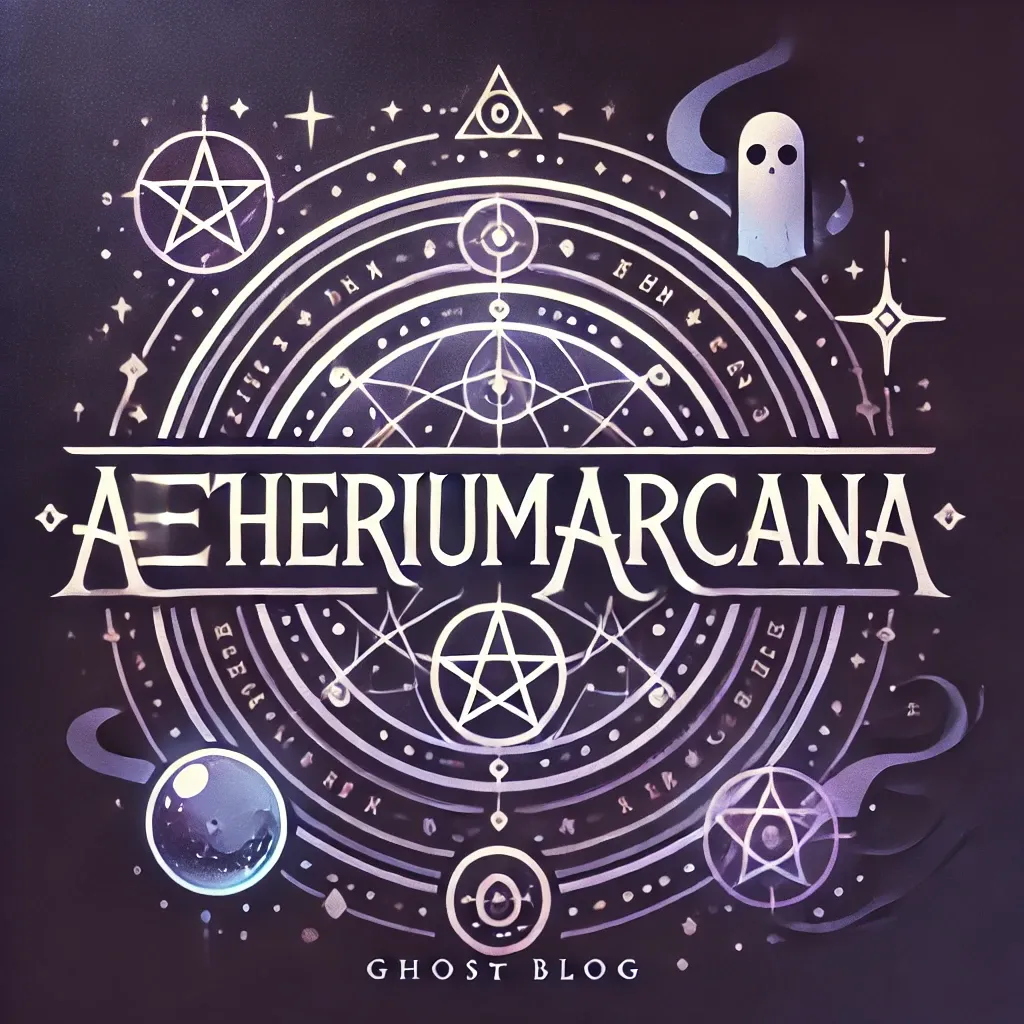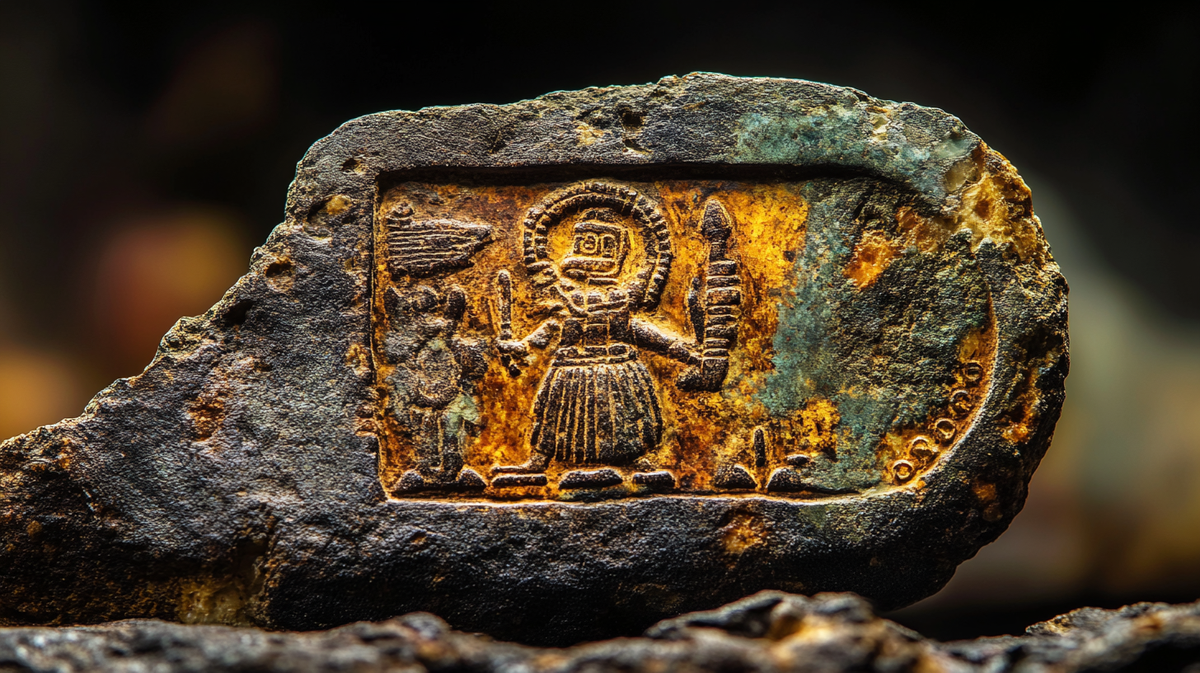Among the great linguistic finds of the Mediterranean world, the Pyrgi Tablets hold a unique place. Discovered in 1964 at the ancient port of Pyrgi, the harbor of the Etruscan city of Caere (modern Cerveteri, Italy), these three thin gold sheets—two inscribed in Etruscan and one in Phoenician—date to the 6th century BCE. Their content commemorates a temple dedication to the goddess Uni (equivalent to Juno), offered by an Etruscan king named Thefarie Velianas.
What makes these tablets remarkable is their status as a rare bilingual inscription involving Etruscan, a language still only partially understood. The Phoenician text, written in a Semitic language already well deciphered, closely parallels the Etruscan message—though not line-by-line, it offers clear conceptual correspondence in names, titles, and religious phrases. This allows scholars to triangulate the Etruscan vocabulary and syntax, inching closer to comprehension.
The Etruscan language, unrelated to Indo-European or Semitic tongues, has long resisted full decipherment. While its alphabet is derived from Greek, and scholars understand its phonetics well, much of its vocabulary and grammar remain obscure. The Pyrgi Tablets, then, provide one of the very few anchors for semantic analysis.
From these inscriptions, researchers have confirmed several royal and divine names, including the identification of “Uni” with the Phoenician “Astarte.” They’ve also validated phrases of offering and devotion, giving insight into the ceremonial language of Etruscan temple practice. Even without perfect one-to-one translation, the tablets provide a rare opportunity to match Etruscan words with known religious and political formulas from the Phoenician side.
Perhaps more importantly, the Pyrgi Tablets reflect a vibrant moment of cultural exchange across the Tyrrhenian Sea. They demonstrate that the Etruscans were not isolated, mysterious ancestors of Rome, but active participants in a cosmopolitan Mediterranean world—trading, translating, and dedicating to shared deities under different names.
As a “Rosetta-like” artifact, the Pyrgi Tablets highlight both the potential and the limits of bilingual texts. They haven’t cracked Etruscan open—but they’ve pried a few lines loose, and reminded us that even partial keys can shift the boundaries of what’s possible in linguistic archaeology.


Member discussion: